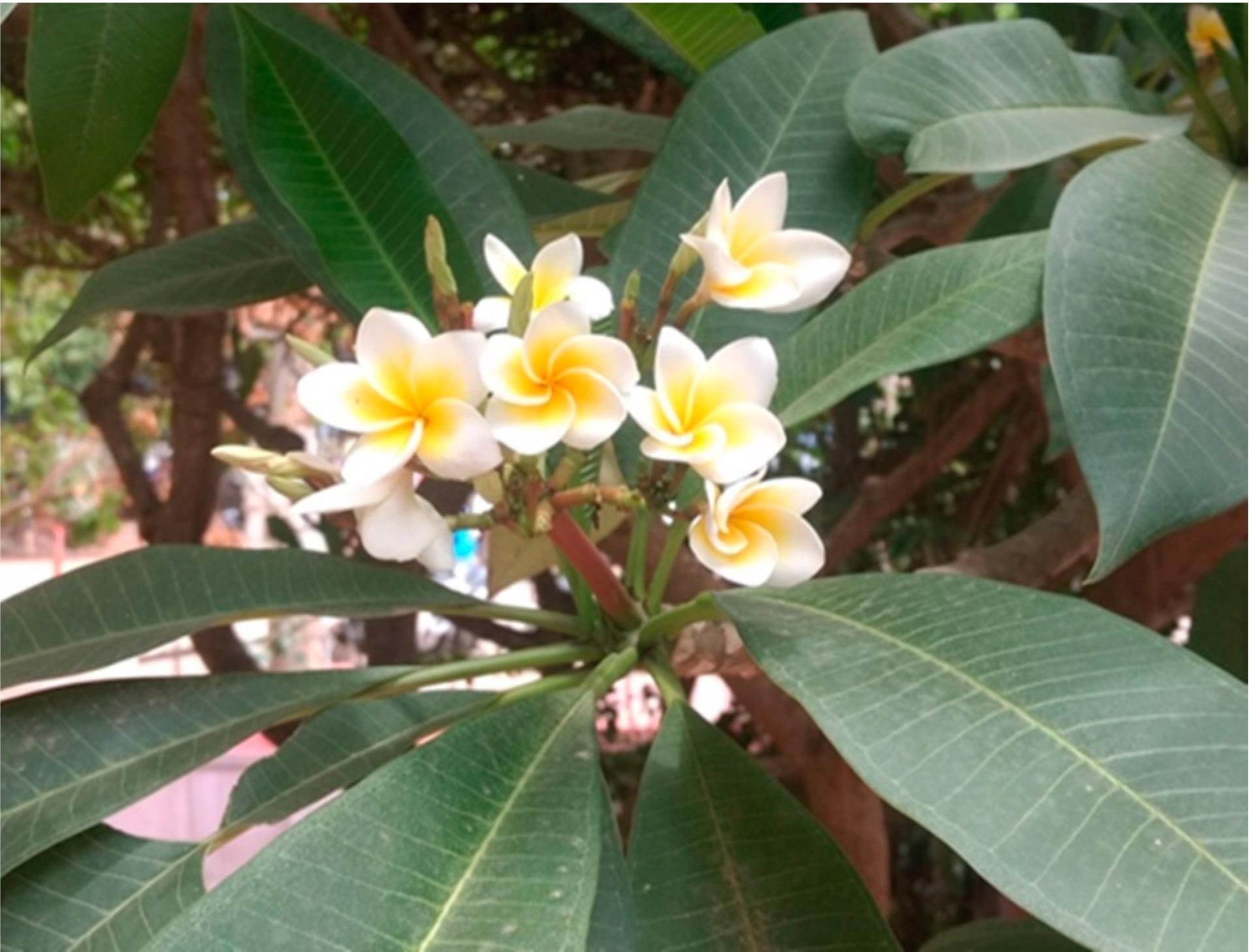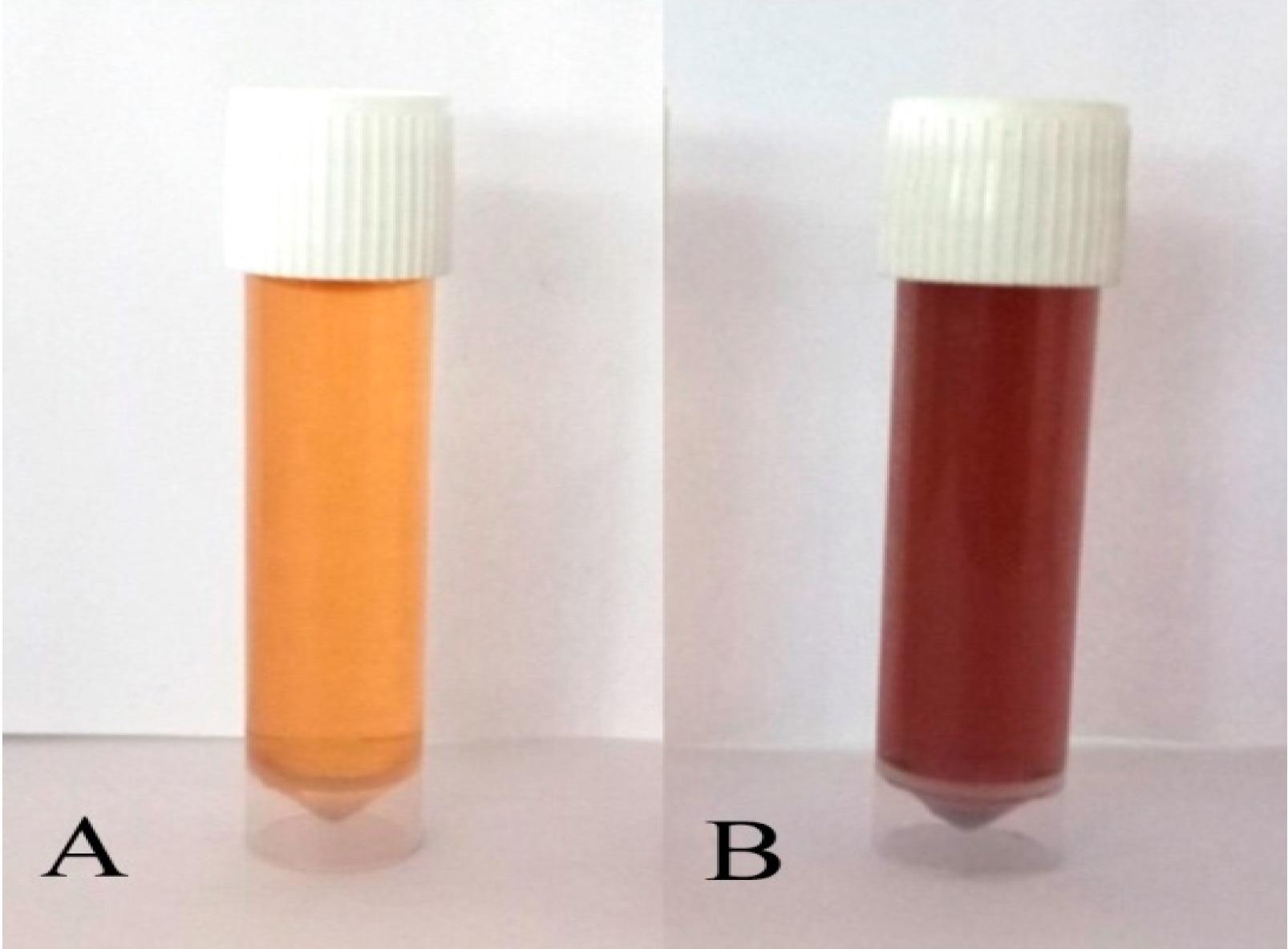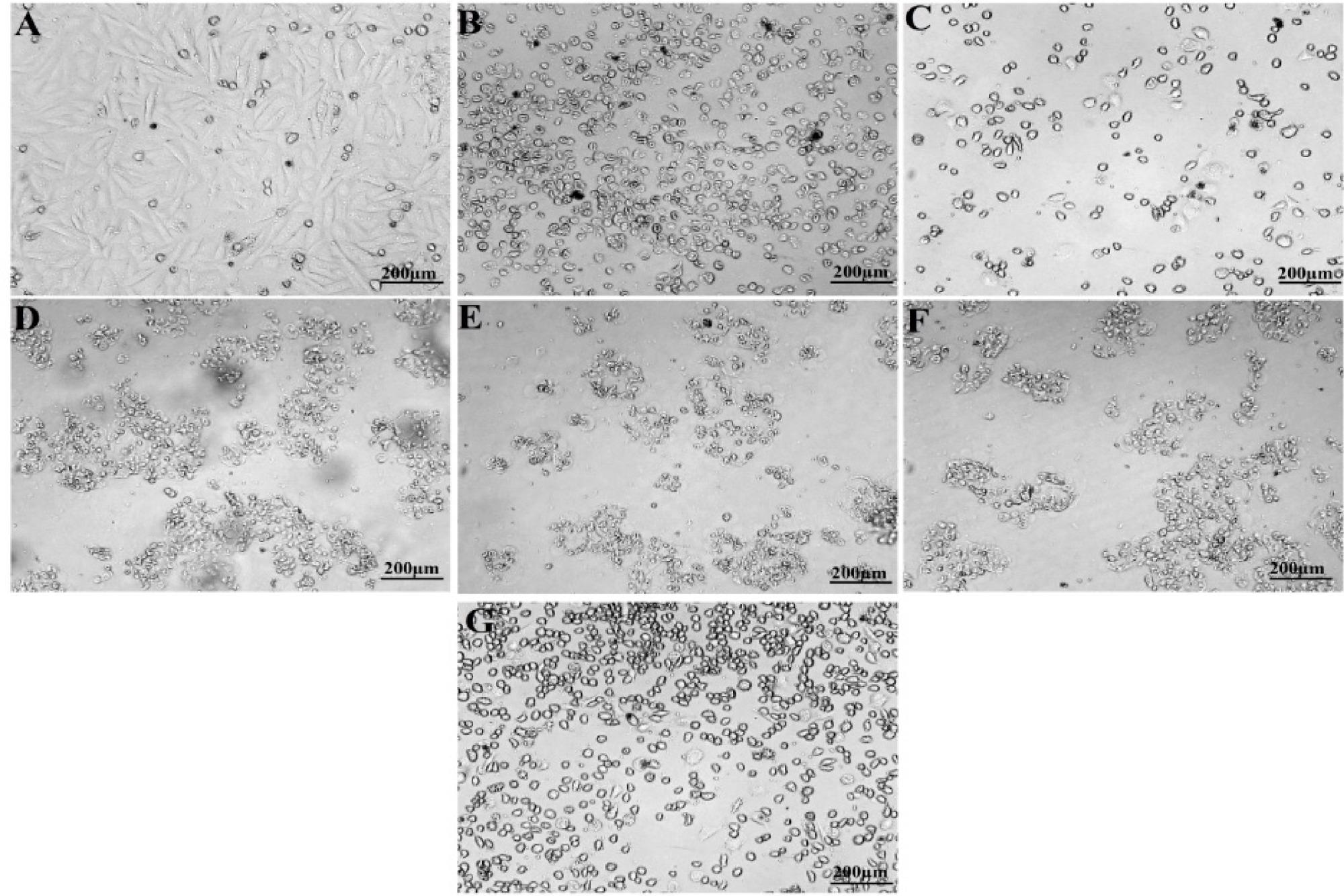Research into the green synthesis of silver nanoparticles for a more eco-friendly and cost-effective approach through utilizing a small laticiferous tree, known as, Plumeria alba (P. alba) has been published in the journal, Nanomaterials.

Plumeria alba plant habitat. © Rudrappa, M., et al (2022)
This method provides a synthesis approach that is less hazardous than conventional chemical and physical synthesis methods.
Why is Green Synthesis Necessary?
The usage of particles within a nanoscale, such as within 1 and 100 nm, has enabled remarkable physicochemical properties of nanomaterials that have exploited its small size and large surface area to volume ratio.
Nanoparticles have spearheaded the field of nanotechnology with applications from electronics to medicine.
Additionally, with wider implications for renewable energy, agriculture, antibacterial purposes as well as use within sensors, the necessity to create nanoparticles using greener means has become a rising concern.
Nanoparticles can be produced from three different methods, including chemical, physical, and biological techniques.
The chemical and physical methods of nanoparticle synthesis can be seen as being strenuous as well as expensive; additionally, reducing the use of expensive chemicals such as sodium borohydride and trisodium citrate that can also cause toxic and hazardous waste to be released into the environment, would be a beneficial decision for laboratories as well as environmentalists.
‘Green’ synthesis of materials is an up-and-coming area of research that aims to produce materials and nanomaterials that are reliable, sustainable and environmentally friendly.
The utilization of unsustainable processes to synthesize nanoparticles for the expanding applications it has become desirable for would start a destructive path, with mass production of nanoparticles being created with hazardous techniques.
Providing alternative means to synthesizing nanoparticles such as through biological approaches, would ensure the demand for nanoparticles does not also increase the level of hazardous waste from its associated processes.
Using P. alba for Synthesizing Nanoparticles
The Plumeria is a member of the genus of flowering plants within the Apocynaceae family that can be found within Mexico, Central America, as well as Brazil and the Caribbean.
The flowers are white in color and components such as the bark, leaves, latex and flowers can have biological activities including having antibacterial, antioxidant and antitumor effects.

Biosynthesis of P-AgNPs from leaf extract of P. alba: mixture of aqueous Plumeria alba leaf extract and AgNO3 solution (A) before incubation and (B) after incubation. © Rudrappa, M., et al (2022)
Interestingly, this premise has led to researchers undertaking research in the potential clinical applications of P. alba, with a focus on their ability to synthesize silver nanoparticles.
The research team aimed to produce silver nanoparticles (AgNPs) from P. alba leaf extract as part of their green synthesis approach, producing P-AgNPs, and this was characterized further through analytical techniques such as UV-visible spectroscopy, which demonstrated surface plasmon resonance at 403 nm.
Additionally, with further tests for their antimicrobial and anticancer activities, the researchers investigated the effect of P-AgNPs against bacteria species including, Escherichia coli, Pseudomonas aeruginosa, Enterobacter aerogenes, Enterococcus faecalis, Bacillus subtilis, Streptococcus pneumoniae, Candida albicans, and Candida glabrata.
The anticancer activities of these green synthesized silver nanoparticles utilizing P. alba leaf extract consisted of testing against a cancer cell line, known as glioblastoma U118 MG, and the apoptotic activity was analyzed using flow cytometry.
The positive results of this study provided this proof-of-concept research with success and a basis for further research into its pharmacological implications.
This novel strategy for combatting antimicrobials as well as cancerous cells could aid in advancing therapeutics, from addressing multi-resistant bacterial pathogens to possibly developing antitumor therapies for gliomas and glioblastomas.
Future Implication for Cancer Therapeutics
With the significance of gliomas, the most common primary central nervous system (CNS) tumor, and glioblastomas, the most malignant brain cancer with a poor prognosis and high mortality rate comprising 15-18 months after diagnosis, antitumor strategies have become a critical field for research.
The use of nanoparticles within cancer treatment has become an attractive area as a support for chemotherapy treatment and with the cytotoxic effects illustrated by the P-AgNPs towards the glioblastoma cancer cell line, the potential for this environmentally friendly approach can advance cancer therapeutics whilst also increasing sustainability.

MTT assay of P-AgNPs from P. alba leaf extract against U118 MG cancer cell line. (A) Untreated cells, (B) Positive control, (C) 6.25 µg/mL, (D) 12.5 µg/mL, (E) 25 µg/mL, (F) 50 µg/mL, (G) 100 µg/mL. © Rudrappa, M., et al (2022)
Additionally, this biological approach to synthesizing silver nanoparticles using Plumeria alba can also aid with microbial antibiotic resistance, which is becoming a significant concern for global healthcare.
With promising results against six bacteria and two fungi populations, the possibility for novel strategies against antibiotic resistance may aid in decreasing this crisis.
The future of this research, which is stemmed from sustainability, illustrates the potential of the nanotechnology field and its innovative solutions for various applications.
With further research into biological efficiency on a large scale as well as validation of cellular and molecular mechanisms, this study could provide a stepping-stone for sustainability and green initiatives within the field of research and medicine.
Continue reading: Green Synthesis of Ag Nanoparticles for Antibacterial Applications
Reference
Rudrappa, M., Rudayni, H., Assiri, R., Bepari, A., Basavarajappa, D., Nagaraja, S., Chakraborty, B., Swamy, P., Agadi, S., Niazi, S. and Nayaka, S., (2022) Plumeria alba-Mediated Green Synthesis of Silver Nanoparticles Exhibits Antimicrobial Effect and Anti-Oncogenic Activity against Glioblastoma U118 MG Cancer Cell Line. Nanomaterials, 12(3), p.493. Available at: https://www.mdpi.com/2079-4991/12/3/493/htm
Further Reading
Singh, J., Dutta, T., Kim, KH. et al. (2018) ‘Green’ synthesis of metals and their oxide nanoparticles: applications for environmental remediation. J Nanobiotechnol 16, 84. Available at: https://doi.org/10.1186/s12951-018-0408-4
Disclaimer: The views expressed here are those of the author expressed in their private capacity and do not necessarily represent the views of AZoM.com Limited T/A AZoNetwork the owner and operator of this website. This disclaimer forms part of the Terms and conditions of use of this website.